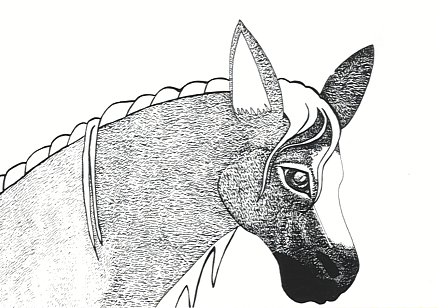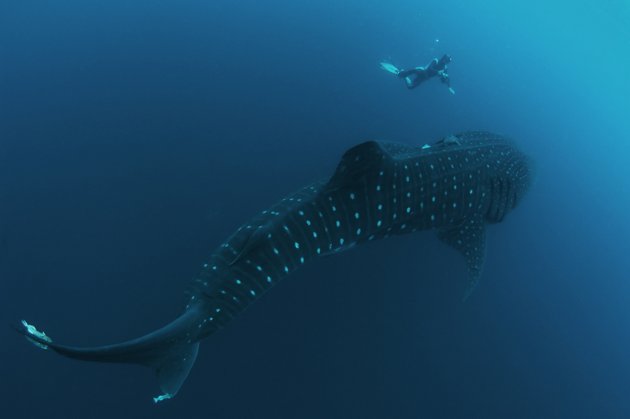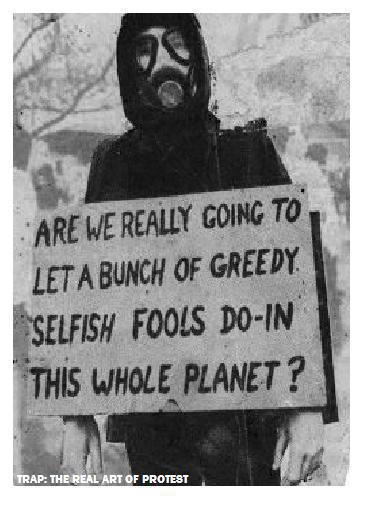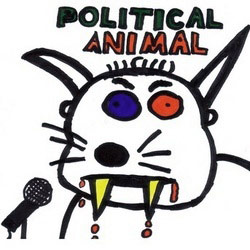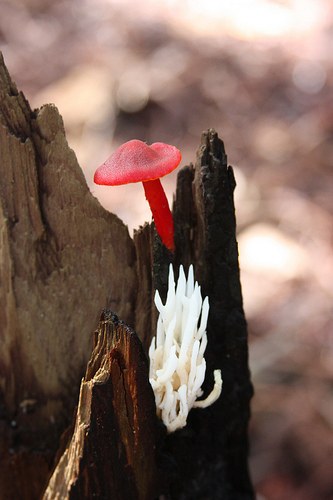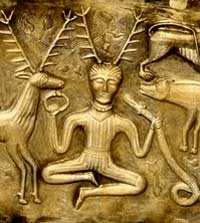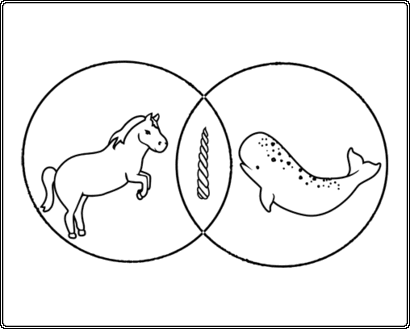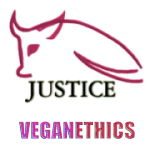Palang LY
Tiere als Nummern
Dieser Text als PDF (der Link öffnet sich in einem neuen Fenster)
Das kontroverse israelische Projekt http://269life.com emphatisiert und subjektifiziert das Tier, das stellvertretend für das Tieropfer einer karnistisch-speziesistisch funktionierenden Gesellschaft steht. Während solch ein Kunst- / Designprojekt wie das „Pig 05049“ der Niederländerin Christien Meindertsma, das in ihrer Arbeit tokenisierte nichtmenschliche Tier entindividualisiert und objektifiziert.
Ein Nichtmensch, ein Objekt, ein Mehrzweck?
Der Guardian veröffentliche am 27. März 2010 ein Essay des amerikanischen Autoren und Journalisten Bill Buford [1] über eine Arbeit der niederländischen Designerin Christien Meindertsma, in der sie Fotografien von Nebenprodukten aus der Fleischindustrie, als all das, was aus einem Schwein so gemacht wird, zentriert auf ein Tier: „Pig 05049“, als Rohstoffquelle, darstellte.
Aus Tierrechtssicht halte ich die Arbeit von Meindertsma für bedenklich, aus Gründen, die ich weiter unten anreißen will. Der Artikel aus dem Guardian jedoch, sowie auch ein Artikel aus dem Stern über eine Ausstellung Meindertsmas im Jahr 2008 zum „Pig 05049“ [2], machen aber bereits klar, warum die Arbeit der Designerin eine zweischneidige Angelegenheit ist, wenn sie problemlos in der Weise, wie in diesen beiden Artikeln, rezipiert werden kann, als eine willkommen geheißene Ermutierung zur Objektifizierung von nichtmenschlichen Tieren im agraindustriellen Komplex.
—
Der Tierrechtler und Vorstand des europäischen Zweigs des Animals and Society Institute (http://www.animalsandsociety.org/) Kim Stallwood, hält zum Artikel Bufords aus dem Guardian fest:
Das kleine Schweinchen beim Guardian
Ein interssanter Artikel im samstags erscheinenden farbigen Wochendmagazin des Guardians. Er bestand aus einem Fotoessay als Auszug aus dem Buch Pig 05049 von Christien Meindertsma und einem Essay des Autoren Bill Buford. Interessant aus zweierlei Hinsicht.
Zuerst: Das Fotoessay dokumentiert 185 (naja, einige) Produkte, die aus einem geschlachteten Schwein hergestellt werden, einschließlich Apfelsaft (Gelatine), Puzzleteilen (Knochenleim) und Sandpapier (nochmals Knochenleim). Was immerhin beweist welche Herausforderung es darstellt, vegan zu leben. Einige würden behaupten es ist eine sinnlose Übung. Eine Unmöglichkeit. Ich würde sagen, dass der Weg zum Veganismus wichtiger ist, als die Ankunft am seinem Ziel.
Der zweite interessage Punkt ist dieser: warum müssen Menschen, die darüber schreiben, dass sie bei der Schlachtung eines Tiere teilgenommen haben, den Akt immer romantisieren? Und das Ganze mit sentimentalem Quatsch aufladen, um den Anschein der Profundität zu erwecken? Buford schreibt zum Beispiel: „Das Blut sammelt sich in einem Eimer. Ich rührte es damit es nicht koaguliert. Man gab mir eine Kelle und sagte ich solle mal probieren. Ich war vom Geschmack überracht, der vital, energisierend und glücklich war.“ Was genau ist glücklich am Probieren des Blutes eines Schweins, das man gerade getötet hat? Und dann folgt diese pseudo-moralisierende und nichtssagende Entschuldigung für die Missetat. [3]
„Der Aufwand benötigte vier Mann. Das Schwein wusste was geschah. Sie war stark. Sie kämpfte. Da gab es kein Schweinequieksen. Es war ein weit offener Schrei. Sie schrie laut und hörte nicht auf, bis nachdem für einige Sekunden, und nicht mehr als einige Sekunden, in ihr Herz gestochen war. Der Schrei ging bis in die höheren Klangregister; ein hochstimmiges, bellendes Klagen, das mein Gehirn nicht als normal herausrastern oder empfinden konnte. Dann, gerade als ich das Seil am Bein des Tieres festmachte, schaute sie mich an, ganz genau, und sah mir in die Augen. Warum mir? Vermittelte mein Gesicht unter den andern Gesichtern dieser abghärteten Traditionalisten etwa Unbehagen? Der Halt funktionierte wie eine Klampe. Ich wollte mich abwenden. Ich tat es nicht.“ [4]
— — —
Wie konnten die Fotografien aus der Designarbeit von Meindertsma so problemlos in diesem Zusammenhang ihren Platz finden? Ist eine Auflistung und Darstellung von Tierkörperteilen und der Stoffe, die aus ihnen gewommen werden bereits eine Stellungnahme in der einen oder anderen Weise?
Meindertsma sieht in ihrer Arbeit „grundsätzlich den Produktkatalog [eines] Schweins“. Das „schönste“ findet sie, in einer TED Rede unter dem Titel: „Wie Teile vom Schwein die Welt zum Drehen bringen“ (vom Juli 2010), ist die Verwendung der Herzklappe des Tieres, die eine Operation am menschlichen Herzen unter nur minimalstem Eingriff ermöglicht. Abschließend sagt sie, dass sie am meisten an Rohmaterialien insgesamt intersssiert sei, und ein bisschen auch an Schweinen. [5]
Die Ästhetik der Objektifizierung
Randy Malamud, Fellow am Institut für Tierthik der Uni Oxford, formuliert ein wichtiges Argument im Kontext mit einem Werkzyklus der türkischen Künstlerin Pinar Yolacan (Titel: „Perihables“), in der Hühnerkörper als künstlerisches Ausdrucksmittel und Accessoire verwendet werden:
„Ich frage mich, wenn ich durch Yolacans Linse auf eine Frau und ein Huhn blicke, eine Frau in einem Huhn: Wo ist das Huhn? Ja, das Tier ist da, aber da gibt es kein „da“. Das einzige huhnhhafte in diesen Bildern ist ein Negativum: die Abwesenheit eines Huhns, die Verhöhnung eines Huhns, die Zerstörung eines Huhns, die perverse menschliche Transformation eines Huhns.
Ich möchte damit nicht sagen, dass es die Last jedes Kunstwerks sein müsse, das huhnhafte des Huhns zu hinterfragen, aber ich bin ökologisch empört über das durchdringliche Versagen menschlicher Kultur […] dabei, die Intergrität, das Bewusstsein, die echte Gegenwart anderer Tiere in unserer Welt ernsthaft anzuerkennen.“ [6]
Wie weit darf eine ästhetisierende Objektifizierung gehen, insbesodere auch dann, wenn sie unter anderem der Veranschaulichung dient, wie im Fall des Buches Pig 05049 von Christien Meindertsma und bei anderen Designern, Künstlern und deren Arbeiten, im Allgemeinen.
Was Meindertsma anbetrifft: Als Veganer kennen wir Alle, Listen tierlicher Inhaltstoffe und ihrer Derivate. Eine partielle Liste im schöngemachten Format ist eigentlich nicht zweckdienlich, auch wenn sich über Ästhetik streiten lässt.
Das Buch Pig 05049 wird aber für 44 Euro bei enem veganen Onlinehandel feilgetobten. Aufmerksam wurde ich, nachdem ich sah, dass die VGD es auf ihrer FB-Seite bewarb und keine Veganer_In dort Anstoß am Ganzen nahm. [7]
—
[1] Bill Buford: From one pig: 185 products, The Guardian, Saturday 27 March 2010 http://www.theguardian.com/artanddesign/2010/mar/27/from-one-pig-185-products. Der Text wurde inzwischen wegen Ablauf der Nutzungsrechte von der Webseite des Guardian entfernt.
[2] Albert Eikenaar: Eine tierisch versaute Idee, Der Stern 23. Juli 2008, http://www.stern.de/kultur/kunst/ausstellung-eine-tierisch-versaute-idee-632030.html
[3] Kim Stallwood: Little Piggy at The Guardian, http://www.kimstallwood.com/2010/03/29/the-little-piggy-at-the-guardian/. Übersetzung der Blogeintrags (ohne dem Zitat aus dem Guardian) Palang Y. Arani-May, mit der freundlichen Genehmigung von Kim Stallwood. Siehe hierzu auch: This little piggy… Christien Meindertsma photographs the 185 products that came from one pig, The Guardian, Saturday 27 March 2010, http://www.theguardian.com/theguardian/gallery/2010/mar/27/185-products-one-pig-gallery
[4] Bill Buford: From one pig: 185 products, a.a.O. http://www.theguardian.com/artanddesign/2010/mar/27/from-one-pig-185-products
[5] TED, Christien Meindertsma: Wie Teile vom Schwein die Welt zum Drehen bringen http://www.ted.com/talks/christien_meindertsma_on_pig_05049.html
[6] Randy Malamud: Vengeful Tiger, Glowing Rabbit, in: The Chronicle of Higher Education, July 23, 2012, http://chronicle.com/article/Vengeful-Tiger-Glowing-Rabbit/132951/?cid=cr&utm_source=cr&utm_medium=en
[7] Vegane Gesellschaft Deutschland, der betreffende Eintrag auf ihrer Facebookpage https://www.facebook.com/photo.php?fbid=589879337720155&set=a.159698390738254.28272.154920631216030&type=1&theater
Alle Zugriffe vom 17. September 2013.
Eventuelle typografische Korrekturen werden noch vorgenommen.
